
Why is everyone talking about IO filters?
At this year’s VMworld, a relatively little-known feature of vSphere is getting a surprising amount of attention. The VMware vSphere APIs for IO Filtering (VAIO) aren’t as well-known as other storage features like Virtual Volumes or Virtual SAN, but they’re very important for VMware vSphere as a hybrid cloud platform, especially with respect to cloud-based services for disaster recovery (DR) and business continuity (BC).
The new attention to VAIO is due to a number of well-known data protection vendors announcing that their solutions will begin to use the API. This article doesn’t take a deep dive into the API itself (there’s an excellent technical introduction in this blog post). Rather, the point of this discussion is to explain why IO filters are increasingly important to enabling DR/BC services and why the vendors in this space are updating their products to use the IO filters API.

Useful Excel project management and tracking templates
Managing a project is no easy feat. The immense amount of responsibility and critical decision-making skills required to see a project through can sometimes overwhelm even the most seasoned managers. Just imagine what it would be like for first-timers.
Even experts in the field need all the help they can get. And as always, it’s Excel to the rescue! Whether you’re an experienced project manager or a newbie on the lookout for tools to track and organize tasks, you’ll find Excel to be a valuable ally. To make things more convenient for you, we have compiled some of our favorite Excel templates for project management and tracking.

Setting a path for digital transformation
At Homerton University Hospital, in the London Borough of Hackney, East London, we are incredibly ambitious in our digital transformation goals. In the coming year, we hope to go fully digital or 'paperless' to improve the quality of care we deliver to our patients and, of course, to meet imperatives for finding additional funds under our Local Digital Roadmap (LDR) and Sustainability and Transformation Partnership (STP) covering the North-East London area.
It is now a given that the NHS must find significant efficiencies if we are to continue to deliver care to meet the demand. At Homerton, we need to save £1.5m from the Outpatient Department alone. So, when we talk about transformation, let’s be clear it’s not for transformation’s sake!

C-Suite in the hot seat -- Execs' responsibility regarding digital security
Are you killing your numbers? Crushing your targets? Growing your team? Leading with authenticity and building a loyal following? What a shame it is that your tenure may already be over.
While you were busy winning and shredding the competition, a cybercriminal breached your network. Don’t be too embarrassed, it happens to almost everyone these days. The average "dwell time" of an intruder is more than 100 days, so it’s hard to know exactly when that bucket of ice water was tossed on your dreams. Unfortunately, even if you’re doing everything right, recent examples illustrate that our jobs are on the line when hackers come a knockin’.

Personal data breaches and securing IoT devices
The Internet of Things (IoT) is taking the world by storm as interconnected devices fill workplaces and homes across the US. While the intention of these devices is always to make our lives easier, their ability to connect to the internet turns them into ticking time bombs, lying in wait until their weaknesses can be exploited by opportunistic hackers.
Personal data breaches are skyrocketing in America, increasing by 60% in the last year and by 157 percent since 2015. As our interconnectivity grows, so do the opportunities that our technology will be hacked. Since every IoT device is connected to the internet, each one is vulnerable to external access if not secured properly. In the rush to manufacture these devices and get them onto the market, security has been an afterthought which needs to be urgently addressed if the number of yearly data breaches is to be tackled.
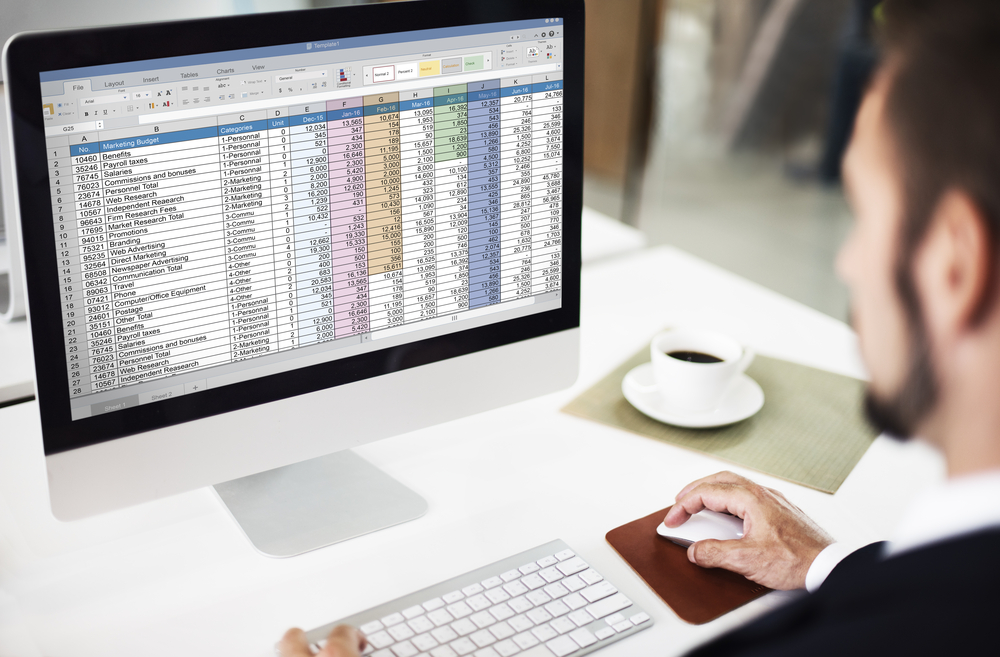
Moving beyond the spreadsheet for vendor risk management
In today’s business landscape, many enterprise companies look to third-party vendors to provide them with organizational value and competitive advantage. While outsourcing has always existed in some form, globalization and the internet have caused the use of third-party vendors to increase exponentially. Previously, companies relied on third parties for non-core functions. Today, more and more critical functions are outsourced to find cost savings and efficiencies.
Because third-party vendors are an extension of an organization, businesses are held accountable for things like safety, ethics, business practices, and more. With more at risk than ever before, organizations must ensure third-party partners behave appropriately.
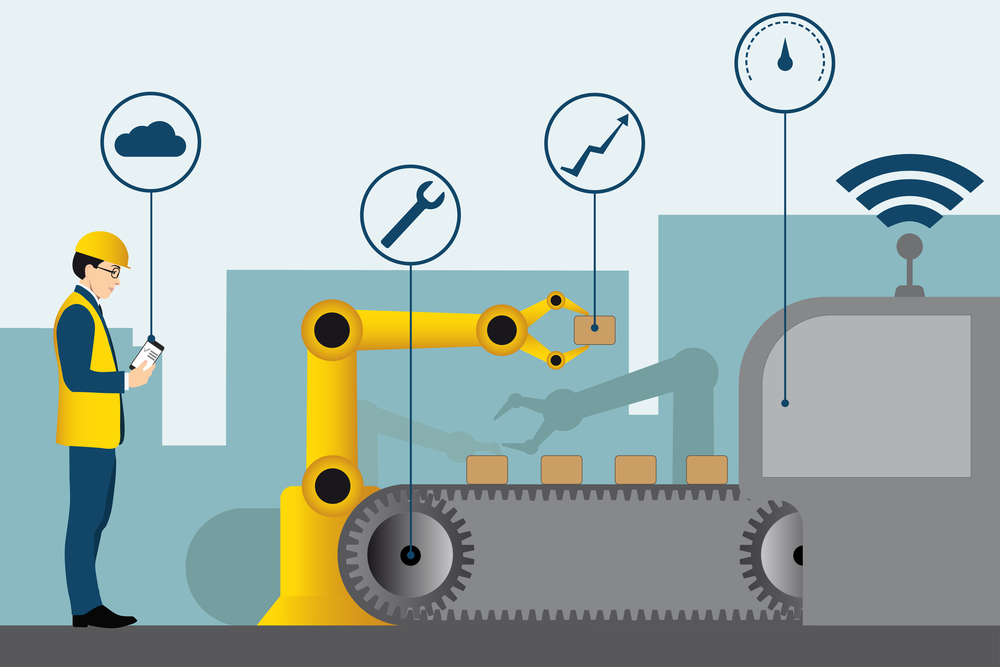
Getting IT & OT to speak the common language of IIoT vulnerability management
Manufacturing executives probably don’t think of renowned Irish playwright George Bernard Shaw when planning Industry 4.0 and Industrial Internet of Things (IIoT) deployments. Maybe they should.
Shaw’s famous quip about England and America being "two countries divided by a common language," captures the differences between corporate IT and production OT, or Operational Technology, departments. While both IT and OT teams are acutely aware of the cybersecurity challenges for successful IIoT implementations, how each department addresses those threats is based on different priorities and requirements.

Will cloud data programs become the future of DataOps?
Within enterprises, legacy platforms are becoming marginalized as modern data-driven platforms become the preferred choice for data teams. Artificial intelligence and machine learning are powerful solutions for big data that are encouraging enterprises to accelerate their digital transformation towards the cloud. It should be no surprise then that, according to Cisco, four percent of workloads will be hosted in cloud data centers by 2021. Despite this, there is some reluctance amongst organizations to build on their data programs with these solutions. Regardless, ignoring the cloud is a critical oversight for enterprises looking to meaningfully analyze the vast quantities of structured, semi-structured or unstructured data within their networks. More concerning, however, is the critical insights that will be overlooked or missed entirely by enterprises relying on legacy software.
The cloud is starting to clearly denote itself as the de facto choice for investment in big data. Canalys estimates that cloud investment will surpass $143 billion by 2020. While Fortune 500 companies have historically been reluctant to dip their toe in the digital transformation pool, there has been a radical shift in attitude in recent years. More than a corporate buzzword, the term 'digital transformation' now carries with it the promise of large ROIs and even larger data pipelines. This has lead to a culture where having large-scale, full production workloads is a tangible reality and not merely a distant goal.

The Hitchhiker's Guide to Ethical AI
In the 1979 cult-fiction novel, The Hitchhiker's Guide to the Galaxy, an enormous super computer named Deep Thought took 7.5 million years to conclude that "The answer to the ultimate question of life, the universe and everything is 42."
He may not have meant it, but what Douglas Adams wrote in 1979 was a portent to why so many questions are being asked about the practical use of AI in business. The recent explosion in AI technology has largely been driven by the availability of large quantities of data, the availability of sufficient computation power and the ever-increasing demand for data analytics to support business strategy. These strategies can be driven by greater efficiency by reducing operating costs or increasing revenue opportunity by improving customer service and product availability.

3 ways IoT will impact our future
The Internet of Things (IoT) industry is growing rapidly with the number of IoT-connected devices projected to surpass 20 billion by 2020. It’s an amazing number, but a number that wouldn’t be possible without the concurrent growth and availability of WiFi and cellular. However, even with all this growth, industry leaders don’t believe existing WiFi and cellular capabilities can keep up with IoT’s trajectory.
Thankfully, a little innovation called 5G is on the way. Offering the technological boost needed to sustain this growth, the imminent arrival of 5G presents valuable opportunities for IoT. Let’s take a look at where IoT is today, and what the future holds.
O&O BrowserPrivacy will securely wipe your browsing history
Browse the internet and you’ll build up an offline database of all the sites you’ve visited, the type of products that interest you and your hobbies and interests. Ads targeting these interests will track you across various websites.
Most modern web browsers can block trackers and enable you to delve into your browsing history and quickly delete the information from your devices. But, has it really been deleted? Any computer expert would be able to retrieve some of this data if necessary.

Hyper personalization is the key to a seamless customer experience
More than two thirds of companies now compete on the basis of customer experience. Customer service is the competitive differentiator, and it is essential now more than ever to maintain brand loyalty and meet business goals. Companies can face losing customers if they don’t keep up with the ever-increasing standard of service expected of them.
Delivering superior service is particularly challenging during spikes in the volume of customer contact. Human agents on their own cannot manage these peaks, let alone deliver a consistent and personalized customer experience. Long call queues and fragmented customer engagement lead to disappointed customers, reputational damage and ultimately financial losses.
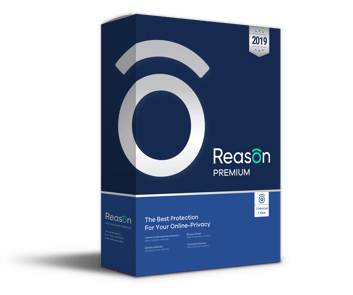
Reason Antivirus: When privacy is your priority [Review]
When was the last time you shopped around for a new antivirus? If you're a Windows user and using its latest iteration, you might be quite satisfied with how Windows Defender works. Besides, it comes as default with the operating system and runs unobtrusively in the background, no added setup required.
However, cyberattacks are only growing more rampant and hackers are finding new ways to victimize computer users. And for ordinary users, it's our privacy that's under threat. Hackers look to gain access to our devices to steal data. It's not just our personal and financial information they're after. Hackers are also trying to hack into webcams and microphones hoping to capture anything sensitive and incriminating in order to extort victims.
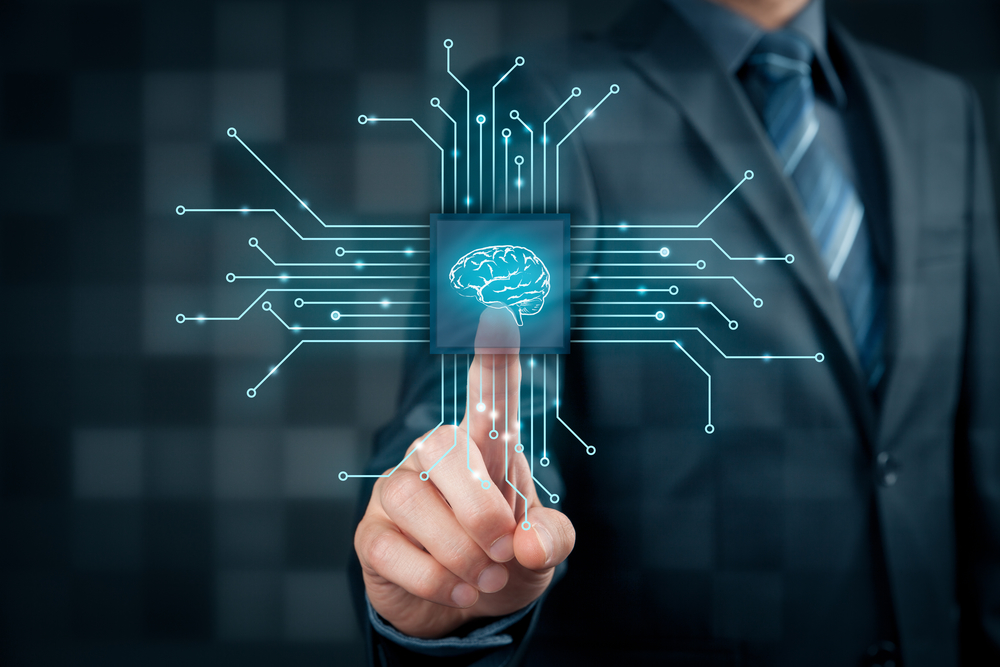
6 design principles for machine learning anomaly detection systems
Every year, 22 percent of eCommerce customers abandon their shopping carts due to website errors. Every year, insurance companies discharge up to 10 percent of their claims cost on fraudulent claims. Network outages cost up to $5,600 per minute. These and other failures represent anomalies that are detectable by machine learning in ways that human-powered monitoring can’t replicate.
When it comes to deploying a machine learning anomaly detection system, companies have the choice of either purchasing a ready-made system or developing their own. No matter what they choose, however, the resulting system should be based on criteria that account for their company’s size, needs, use cases and available resources. Here are the six principles that companies should pay attention to:
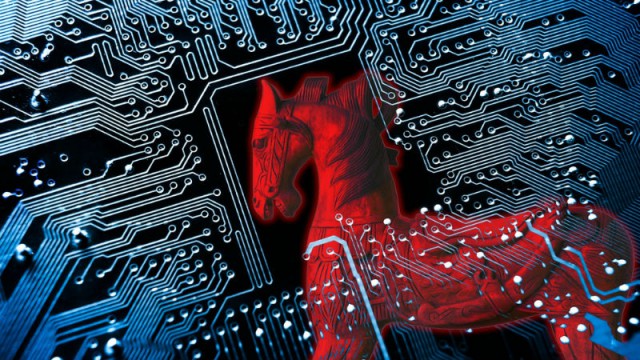
The evolution of Emotet: How to protect your network
With over 350,000 new malware samples emerging every day, it’s difficult for any one strain of malware to make a name for itself. Any single malware sample whose name you know -- be it Mirai, WannaCry, or NotPetya -- speaks to a trail of devastation.
In 2019, people are also hearing another name: Emotet.

